Assisted Liposuction, like traditional liposuction, is not a weight control method or a fix for obesity. It is used to help contour your body in those areas that are not responsive to diet and exercise such as saddlebags or a paunchy stomach. Also like traditional liposuction, laser or ultrasound-assisted liposuction is most often used to reduce fullness in your:
- Abdomen
- Ankles
- Arms
- Buttocks
- Cheeks
- Chin
- Hips
- Knees
- Neck
- Thighs
- Upper arms
- Waist
Types of Assisted Liposuction
- Laser-Assisted Liposuction – Laser Liposuction focuses on low-energy waves delivered by a thin laser fiber that is inserted through small incisions. The laser energy is focused on the part of the body where you would like to have a fatty pocket removed. After the fat is melted, a small cannula is used to suck out the liquefied fat.
- Ultrasound-Assisted Liposuction – The fat is dissolved by the ultrasonic waves that are emitted from the end of a cannula that is inserted through small incisions. Ultrasonic waves delivered through the cannula emulsify or liquefy the fat. After the fat is liquefied, it is then sucked out through a small cannula.
How does Assisted Liposuction work?
Laser-Assisted liposuction takes advantage of the power and technology associated with medical laser beams to liquefy the fat which is then sucked out of the area. Ultrasound-Assisted Liposuction uses a special cannula that vibrates very rapidly and gives off ultrasound energy. As the cannula passes through the fat cells, that energy liquefies the fat cells, which are then suctioned out. The ultrasound can be administered either above the skin (with a special emitter) or below the surface of the skin (with an ultrasound cannula).
Recovery Process
Laser or Ultrasound-Assisted Liposuction offers the advantages of sedation rather than general anesthesia, less trauma to the site, and smoother skin in the end. You will probably be sore and a little swollen for a few days following the procedure, but painkillers will keep you comfortable. Your Surgeon may advise you to wear a special compression garment to speed healing and you will be able to return to work within a week.

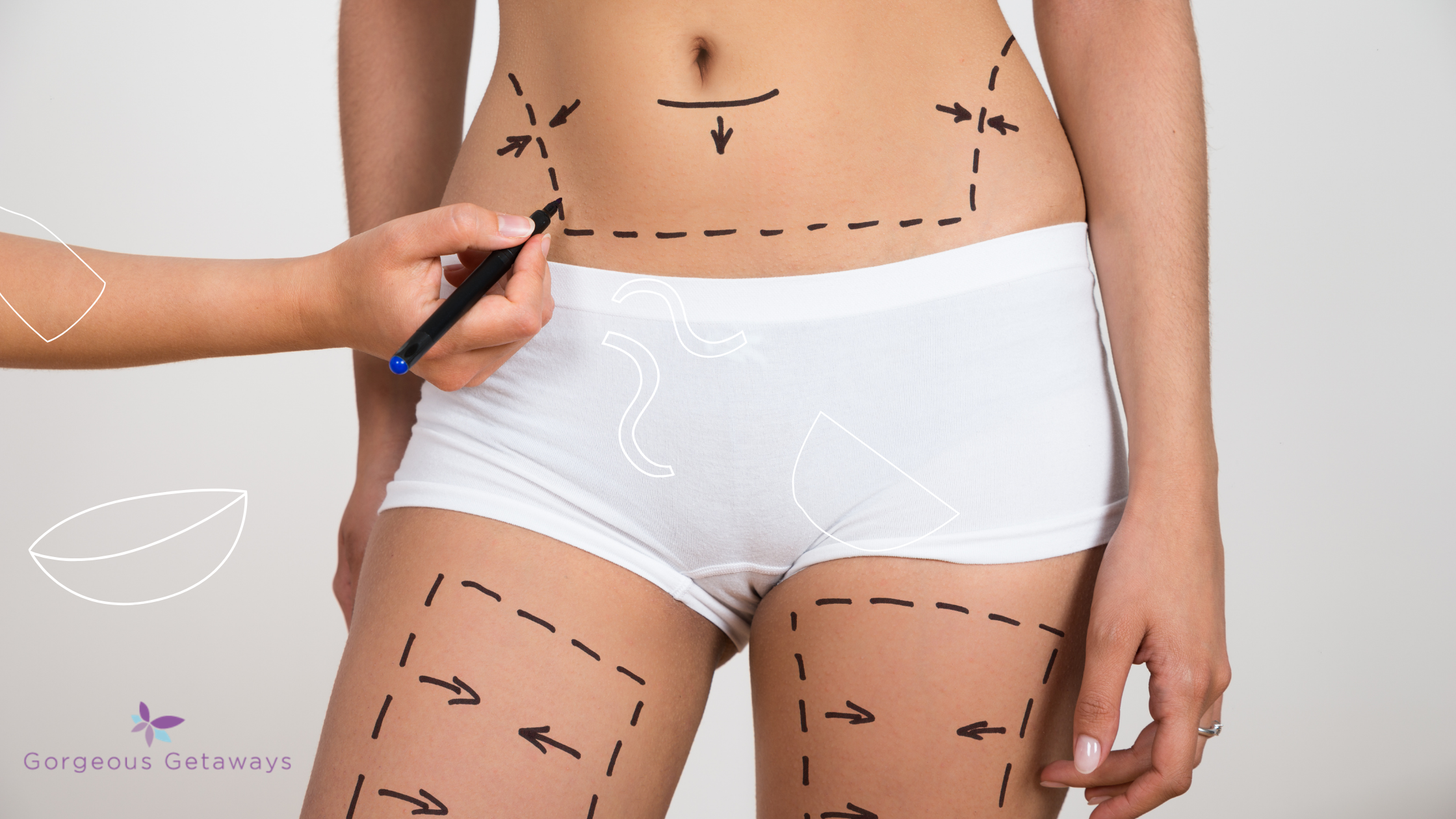


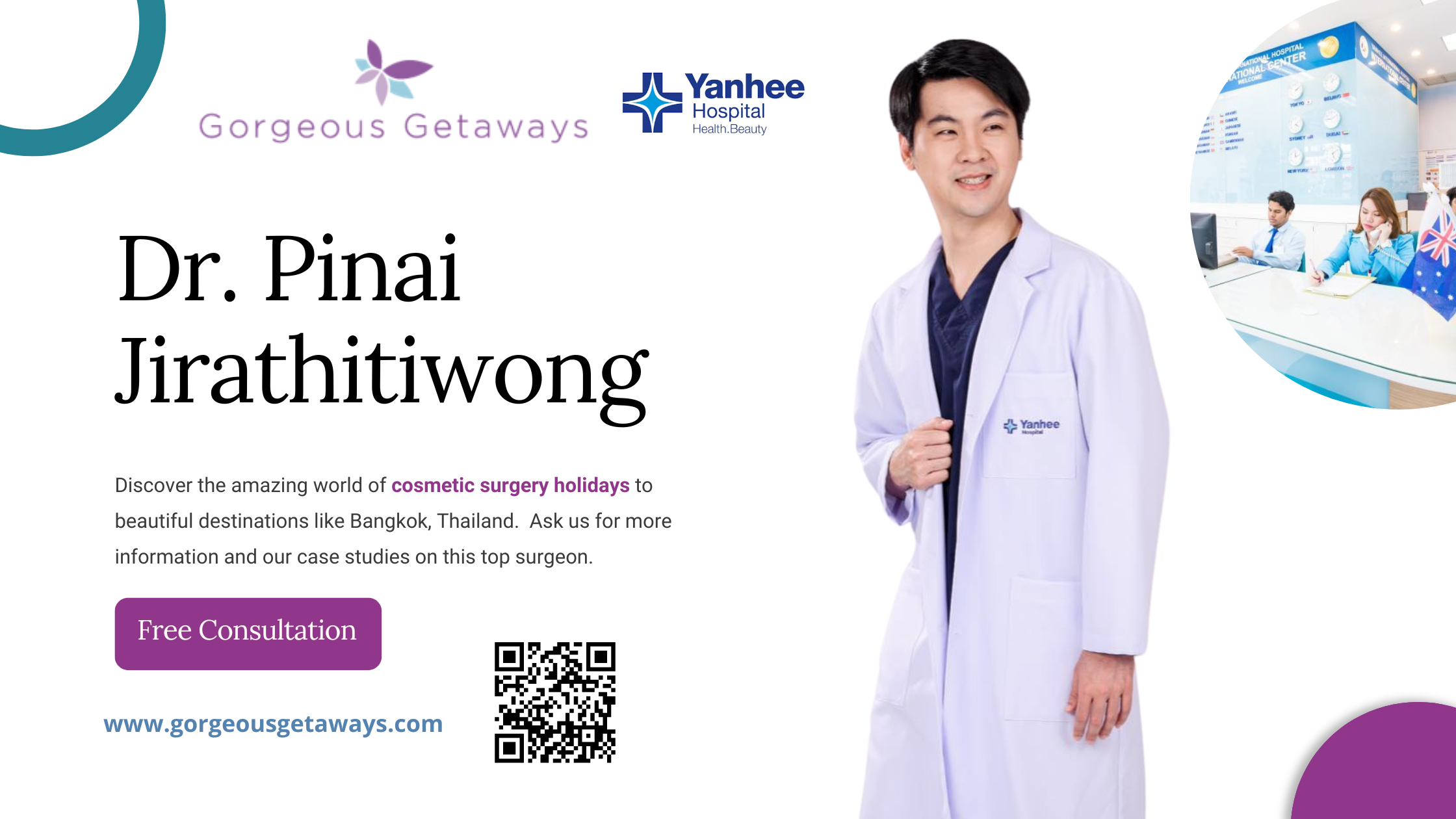
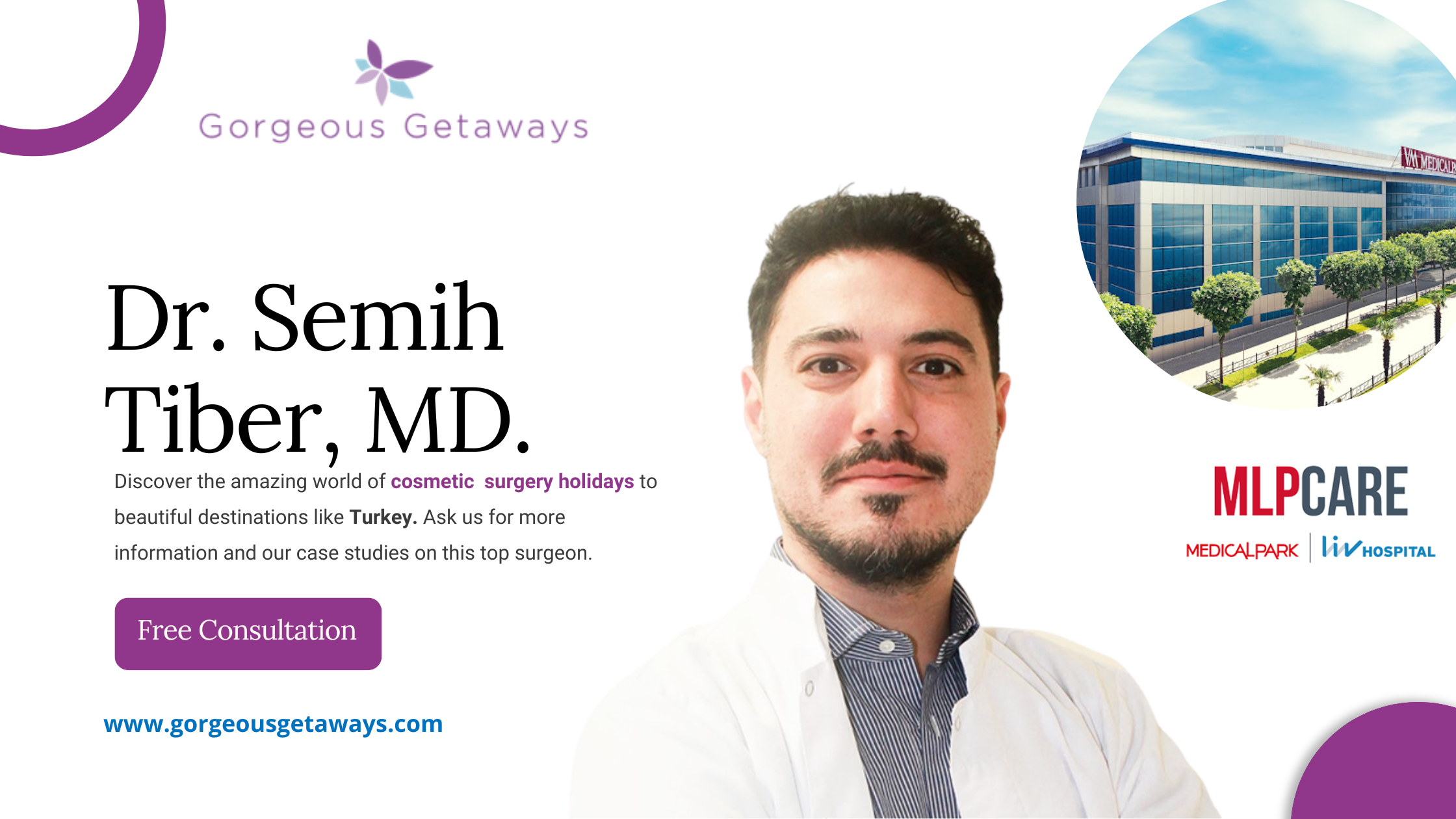
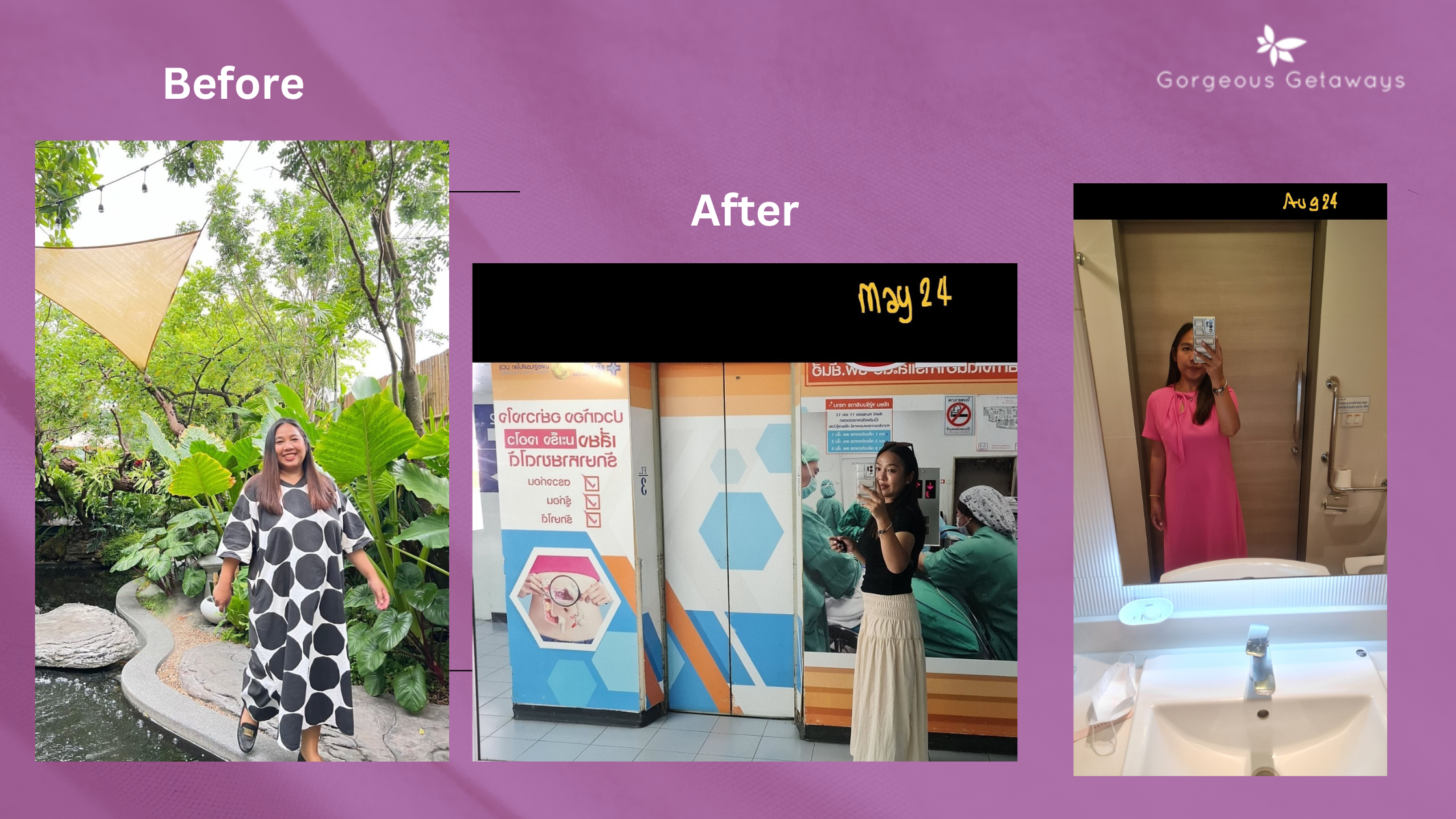

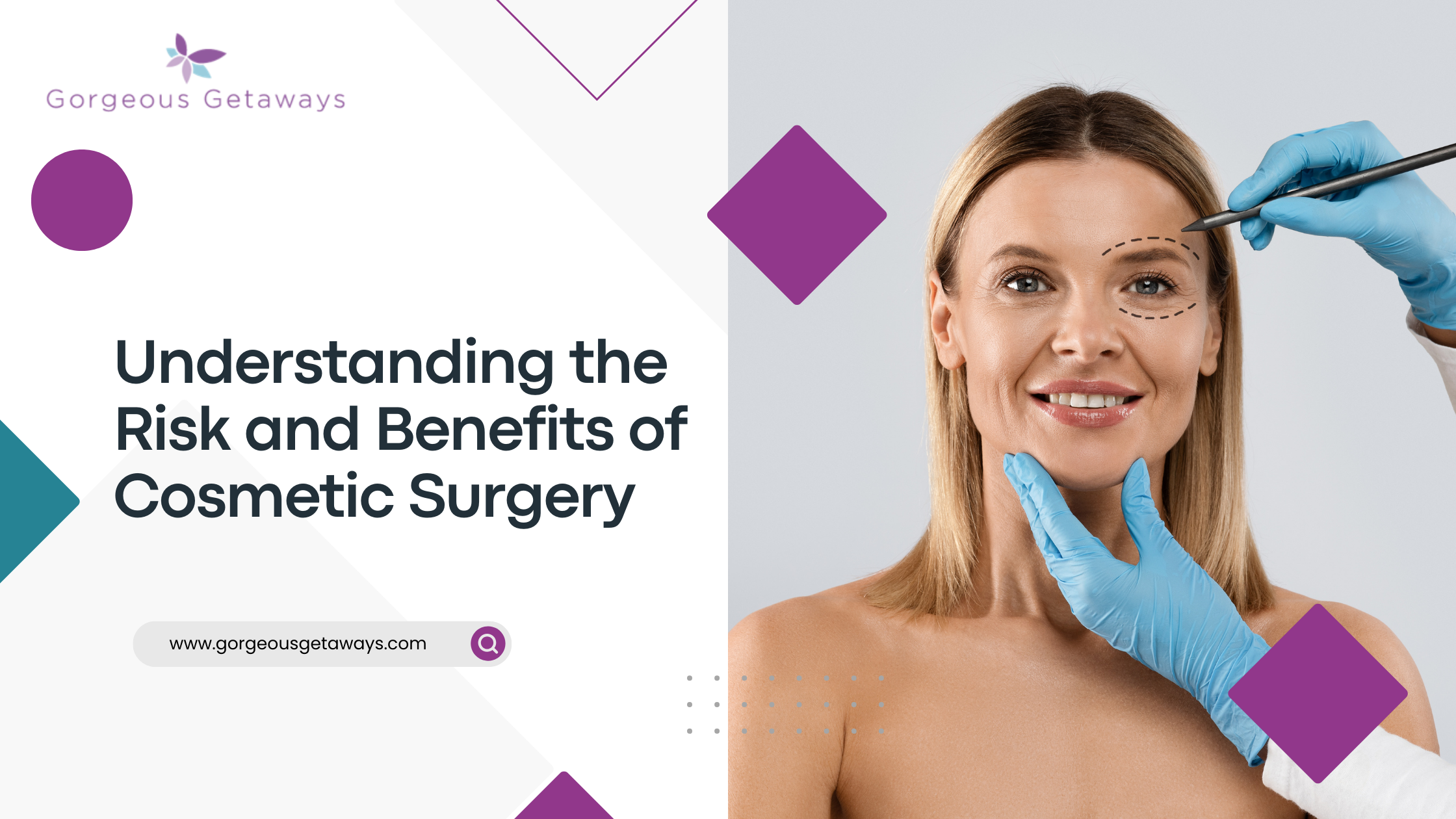

Leave A Comment